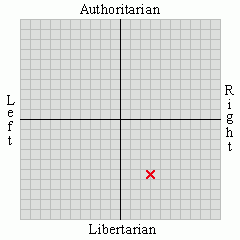A [French] woman's average number of partners has risen from under two in 1970 to over five today, while a man's has remained the same for four decades, almost 13.Shouldn't the numbers be approximately equal? It takes two to tango, after all.
One is left with the image of an extraordinarily complex French romantic comedy with a cast of eighteen people, five men and thirteen women, variously hooking up and splitting up, and the movie doesn't end until every possible male-female couple combination has, um, coupled and combined. A long movie, but then again the French (and their neighbors the Germans) seem to have more patience for that sort of thing than we Americans.
Obviously, that isn't what's really going on. Take a look again at the report, and note that the report deals with averages. Let's say the male portion of the survey population was 10,000 individuals. Each gives their own number in response to the question of "How many sex partners have you had in your life?" and the sum total of all those answers was (close to) 130,000. Divide that by 10,000 (the sample size) and you get an average of 13 partners. Because these are averages, maybe there is a portion of the female population that is skewing the midpoint with highly promiscuous behavior, while the rest of the population has only one or two partners in their lifetimes. For instance, if a sample of 10,000 women has an average of 5 partners, but they break down into two groups -- if 1,000 women have 40 sex partners each (they're the really promiscuous ones), 8,000 have only one partner in their entire lives (their husband or analagous lifelong mate), and the last 1,000 have only two sex partners each (a husband and a lover?), then that's an average (technically, a mean average) of 5 partners per woman. A similar dynamic may skew the average for men. This strikes me as unlikely, but it is a possiblity. This is also why the "average" is not always a useful statistic to help understand what's really going on.
None of which explains why the men have so many more partners than the women. So, why the dichotomy? I can think of lots of possible explanations and the news story reporting it doesn't illuminate which of them it might be:
- A small portion of one (or both) populations in the sample may be unusually promiscuous, skewing the average, as described above.
- The men are finding partners outside of the female population sample -- for instance, they might be choosing British or American women, eschewing French women, as sex partners, to a singificantly greater extent than French women are finding non-French men as partners.
- There may be more gay or bisexual men than women in the sample size; however, this assumes that the gay men are more promiscuous than either the straight or gay women, which is not necessarily true.
- One or both populations may be lying; the men exaggerating the true number of partners they have had to give the surveyors an impression of masculine virility, and the women downplaying their true numbers to give the surveyors an impression of modesty and chastity -- hinting that maybe the truth is more like men and women have about seven or eight partners each, which is sort of near what I would have speculated the answer would have been had the survey respondents been honest.
The point is, really understanding what's going on requires a better understanding of the ratio of the impact of these four variables. And the number that should be reported may not be the average but rather the median or in this case, maybe even the mode. Stepping back from the raw numbers one occasionally confronts and applying some thought to it reveals that the world is both more complex and interesting place than a simple number would otherwise suggest.







No comments:
Post a Comment